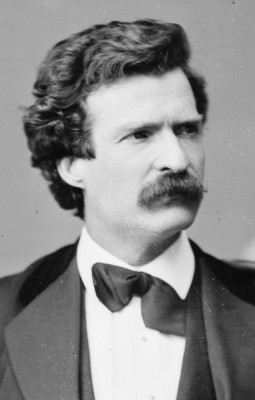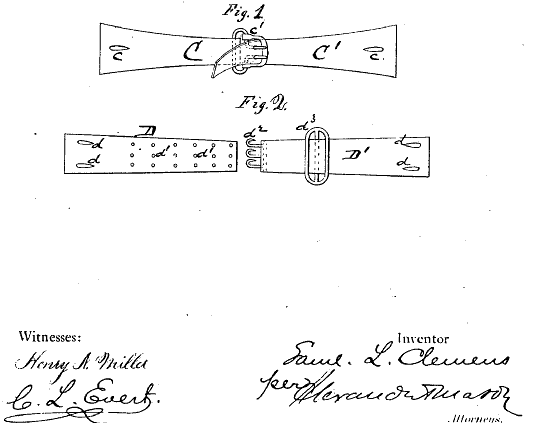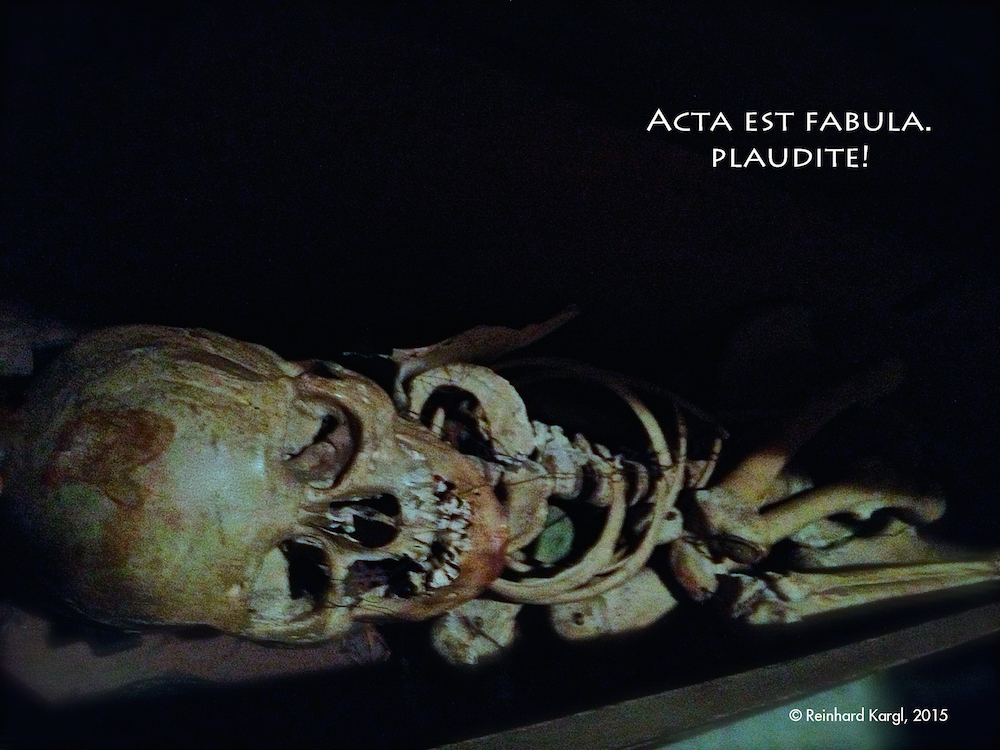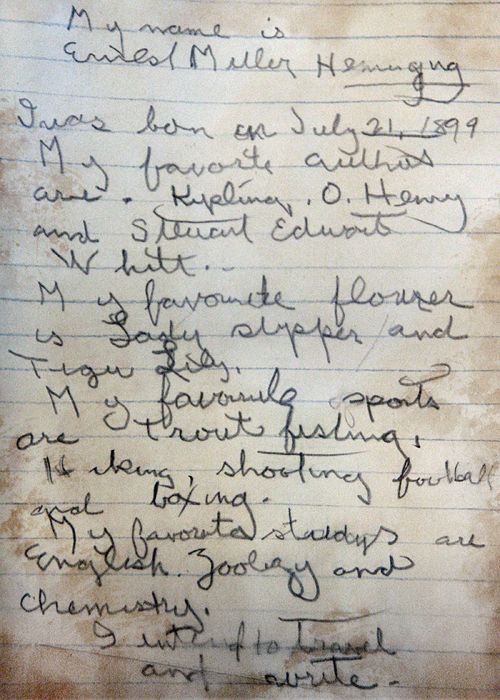For many years, California and New York City have been competing about who can pass the craziest feelgood nanny-state laws and regulations in America. To qualify, such laws must keep bureaucrats and politicians ostensibly busy, so it appears as though they are actually performing a valuable public service. Bold and fearless, our superhero politicians are fighting to save us from one urgent social ill or another! Bonus points are awarded for laws that are unenforceable and inconsequential. Double bonus points if the law’s effects cannot be measured, rationally examined or fiscally accounted for in any way.
New York City was clearly in the lead with the NY SAFE Act of 2013, which among other things prohibits the possession of gun magazines with a capacity of more than 10 rounds. (No official word yet on how many of New York’s criminals have turned in their now illegal gun magazines). The law also required that only 7 rounds could be loaded in each 10-round magazine. (New York gets one point deducted because this provision was struck down by a federal judge in 2013. According to rumors, the court’s concern was that many of New York’s criminals would not be able to count to 7 even if they tried).
This week, I am pleased to report that California is in the lead once again!
We first pulled equal with New York by creating a law requiring porn actors to wear condoms while acting their acts. No word on how this should be enforced, but perhaps “Motion Picture Genital Inspector” will soon be an actual job title. Or maybe law enforcement agencies will need special condom enforcement squads. The future will tell.
But it gets even better! This week, California took the lead by adding a new statewide ban on glasses (or cups) of drinking water being served in restaurants – unless the customer specifically requests it. (You must say: “Waiter, may I please have a glass of tap water?” Waiter: “Certainly Sir, I’ll bring it right away” or “Sorry dude, we’re out of tap water today. How ‘bout some bottled water?”)
Yes, you read that right. Of course, we have a drought here in California. Big draught, big trouble. (But not big enough to induce the state to reexamine its crazy stance on immigration, and its equally crazy industrial agribusiness). You see, California’s industrial, export-oriented agriculture consumes 80% of the state’s water. And, the state has been adding about 1 million new residents per year without actually creating more water resources.
California is North America’s biggest producer of almonds, avocados, broccoli, carrots, cauliflower, grapes, lettuce, milk, onions, peppers, spinach, tomatoes, walnuts, and dozens of other commodities. (Source: 2012 Department of Agriculture report (PDF). Only a tiny portion of this stuff could grow naturally in California’s ecosystem – and most of it is exported to other states. This means that drought stricken California is actually exporting huge amounts of water to the rest of North American, and even to Asia.
Someone calculated that for the amount of water used for the irrigation of California’s almond trees alone (they produce a cash crop mostly for export), someone like me could take a 10-minute shower each day. For 86 million years.
Relative to the overall water consumption, water imbibing in restaurants is a microscopically tiny portion. Even if totally prohibited, even if we all stopped drinking water altogether and only drank imported beer – it would make no difference whatsoever.
As a matter of fact, eating out in restaurants is a much bigger culprit, because the restaurant industry is extremely wasteful with water (and food) when compared to home kitchens. And in fact, the law might even have the opposite of the intended effect. If it induces people to order bottled water instead, then there’d be a net increase in drinking water consumption. That’s because filtering and bottling water actually wastes a lot of it. For instance, reverse osmosis, a commonly used process to produce bottled table water, wastes up to 86% of the feed water – only 14% ends up in the bottle.
Well played, California. How can you trump that, New York? Your move!







